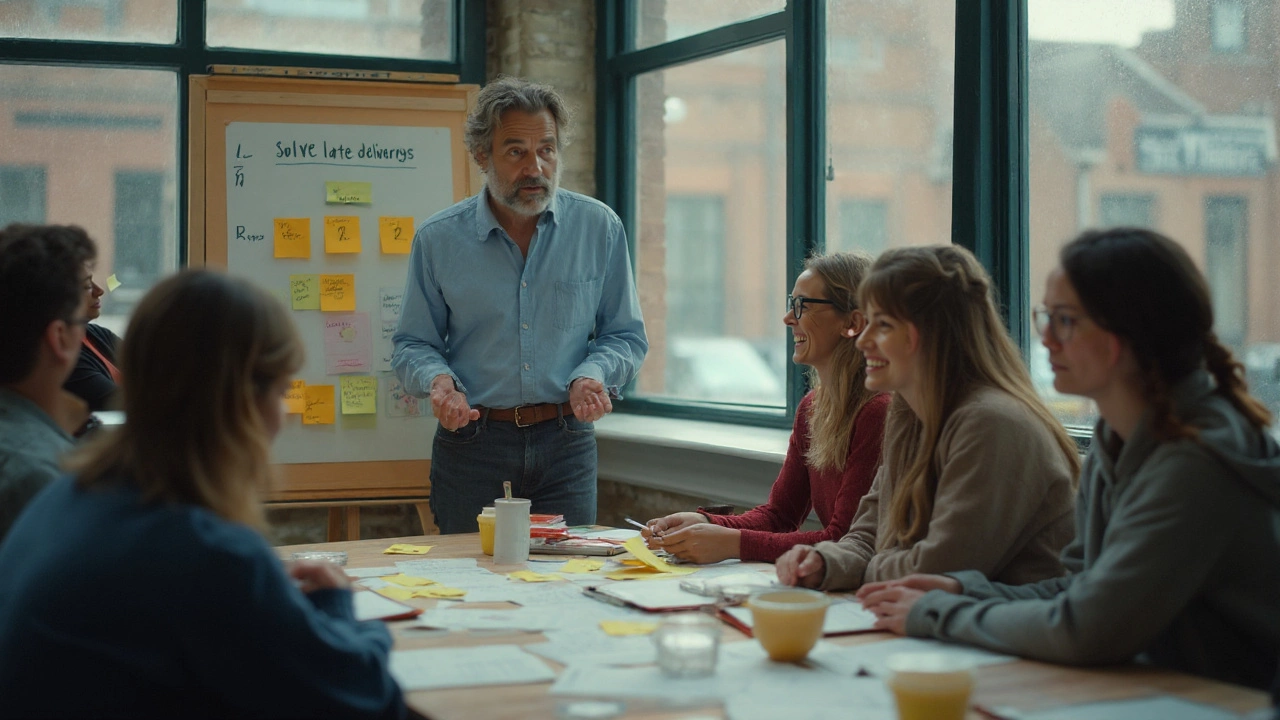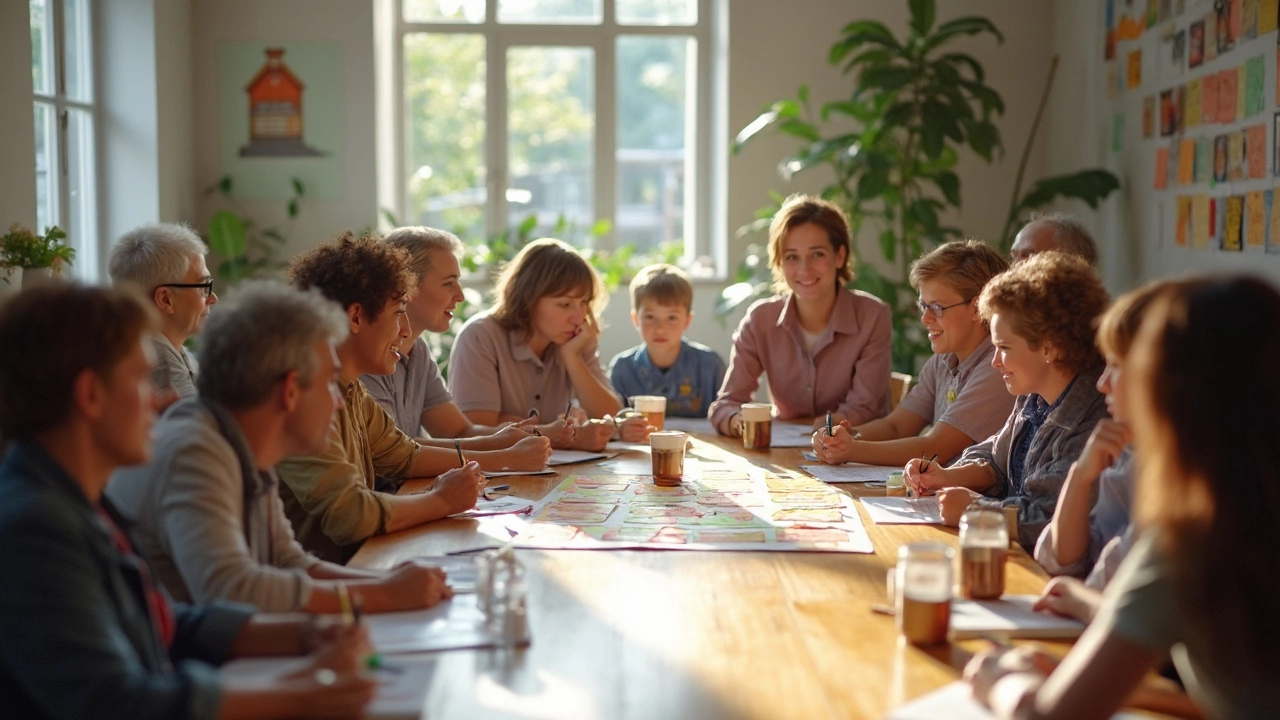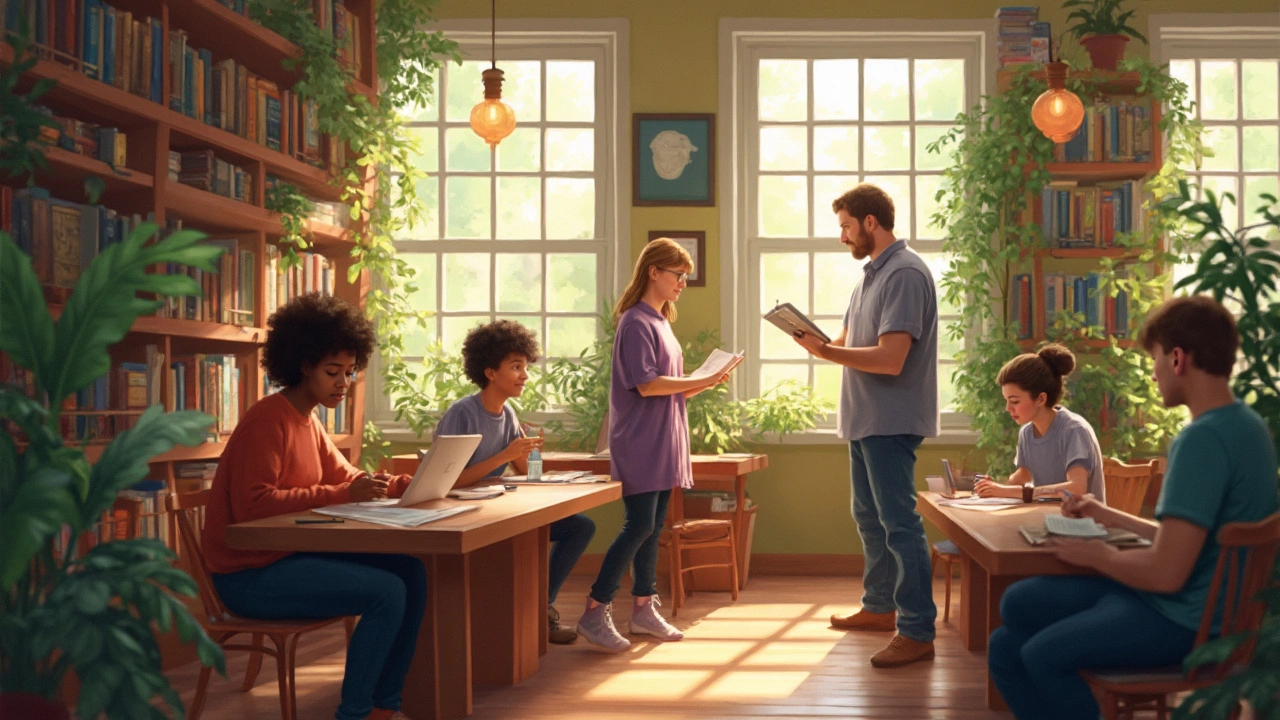Self‑Directed Learning for Young Children
Ever wonder why some kids seem to learn without anyone pushing them? That’s self‑directed learning – kids choosing what, how, and when to learn. At Nottingham Nursery School we see it every day: children picking puzzles, exploring sand, or asking questions about the world around them.
Self‑directed learning isn’t a new buzzword. It’s simply giving children the freedom to follow their curiosity. When a child decides to build a tower of blocks, they practice balance, counting, and problem solving without a lesson plan. The key is a safe, supportive environment that lets them try, fail, and try again.
Key Benefits of Self‑Directed Learning
First, motivation spikes. Kids work because they want to, not because a teacher says so. That natural drive makes practice feel like play, so learning sticks better. Second, confidence grows. When a child solves a problem on their own, they see they can handle challenges, which lowers anxiety about school later on.
Third, critical thinking improves. Choosing what to explore forces kids to ask questions, compare options, and decide what works. Fourth, social skills get a boost. In a self‑directed classroom, children watch each other, share ideas, and negotiate play, learning cooperation without a script.
Lastly, independence prepares them for the future. Whether they later study online, work remotely, or start a business, being able to set goals and find resources is a lifelong advantage.
Tips to Encourage Self‑Directed Learning at Home
1. Offer choices. Instead of “Do your worksheet now,” ask “Do you want to work on the puzzle or the coloring book first?” Small choices give a sense of control.
2. Create a resource‑rich space. Keep books, manipulatives, art supplies, and simple science kits within reach. When materials are handy, curiosity turns into activity.
3. Ask open‑ended questions. Rather than giving answers, try “What do you think will happen if you add water to this sand?” This nudges thinking without giving the solution.
4. Set gentle limits. Freedom works best with clear safety rules. Explain boundaries (“You can climb the step ladder, but stay close to the wall”) so kids explore safely.
5. Model the process. Show how you look up a recipe, compare options, and try a new tool. Kids copy what they see.
6. Celebrate effort, not just results. Praise the trying‑out stage – “You kept trying different ways to fit those blocks!” – to reinforce perseverance.
7. Use everyday moments. Cooking, shopping, or a walk in the park all contain learning chances. Let kids count apples, measure flour, or notice patterns in leaves.
At Nottingham Nursery School we blend guided activities with free‑play zones. Teachers step in only when a child asks for help or a safety issue arises. The result is a classroom where children move from “I can’t” to “I did it” on their own.
Want to start right now? Pick one corner of a room, lay out three different activity trays, and let your child choose where to begin. Observe, ask a question, and then step back. You’ll see how quickly they take charge.
Self‑directed learning isn’t about abandoning structure; it’s about shifting the focus from “what should I do?” to “what do I want to explore?” When kids lead their own learning, they develop skills that last a lifetime. Try these tips today and watch curiosity turn into real knowledge.
What Is a Key Principle of Adult Learning? Adults Are Self‑Directed and Problem‑Focused
The core principle of adult learning: adults are self-directed and learn best when content is relevant and problem-focused. Clear steps, examples, checklists, and FAQs.
Adult Learning: 4 Core Practices That Change Everything
This article uncovers the four essential practices that make adult learning effective and meaningful. Get practical ideas you can use right away, whether you're taking a course, leading a workshop, or picking up skills on your own. With real-world tips, it explains how adults can stay motivated, overcome common hurdles, and actually enjoy the process of learning. You'll see how these pillars work together to help people learn better and faster. Expect smart, no-nonsense advice tailored to real adult life.
Uncover the Three Pillars of Adult Learning
Adult learning is built upon three main pillars: self-directed learning, experiential learning, and transformative learning. Each pillar plays a vital role in how adults acquire knowledge and skills throughout their lives. This article explores these pillars, providing practical insights into their application. Discover how these learning strategies impact personal and professional growth. Equip yourself to become a better lifelong learner.


